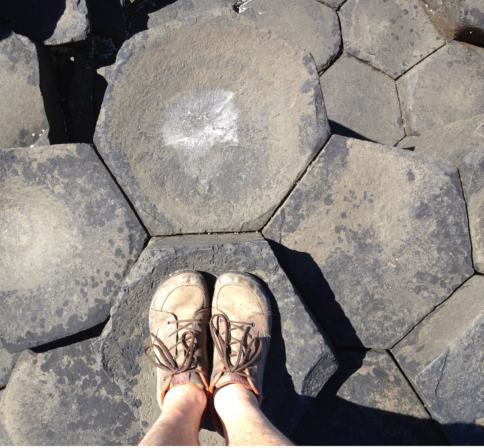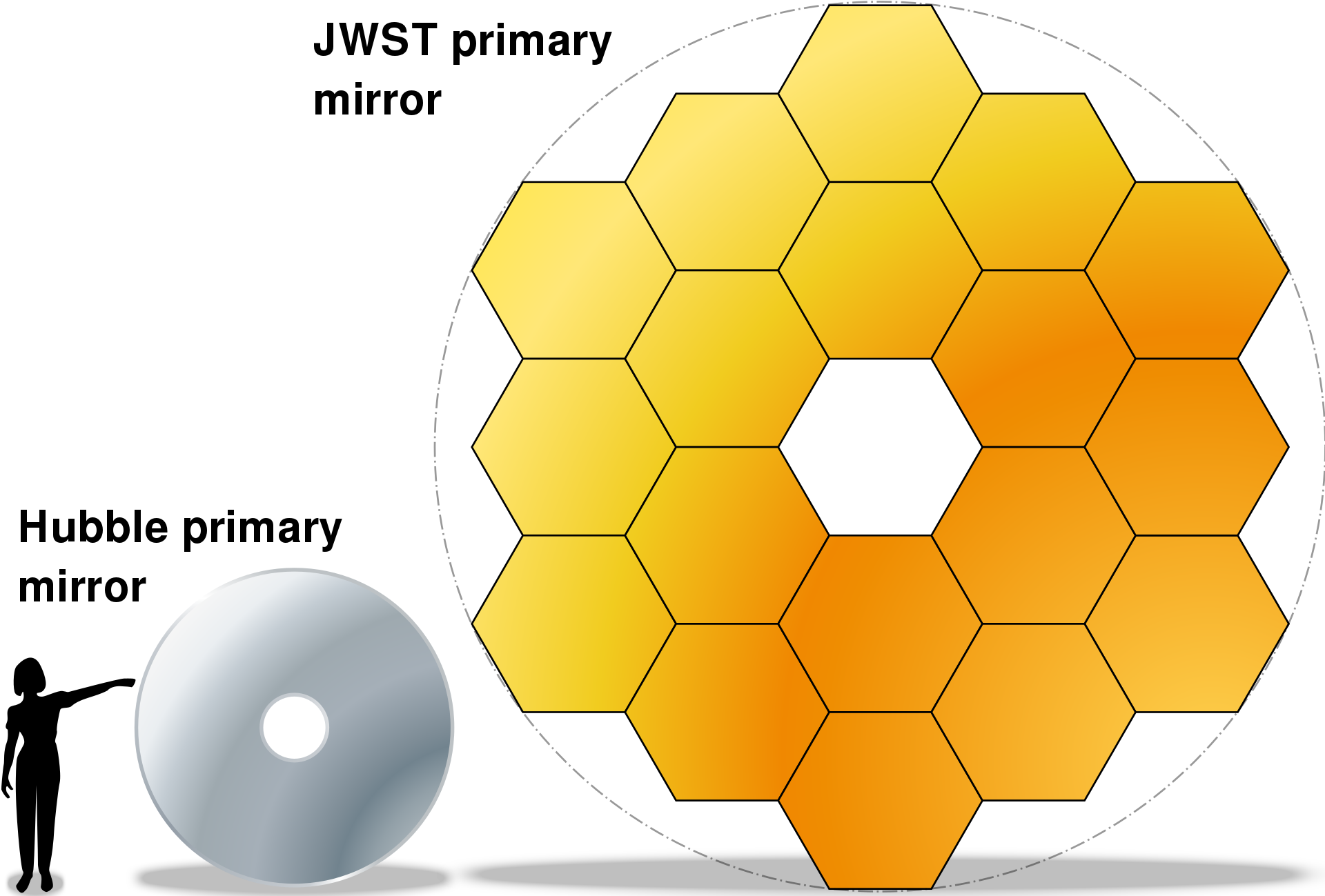Soil for Hexagon Planter
Tags | |
UUID | 967f18d1-0a28-11e5-a3bb-bc764e2038f2 |
The Soil for Hexagon Planter calculator computes the soil volume of a hexagon shaped planter based on the length of the sides and height.
INSTRUCTIONS: Choose units and enter the following:
- (s) Side Length of Hexagon (interior measurement)
- (h) Height of Planter (desired depth of soil)
Volume (V): The calculator returns the volume in cubic feet. The calculator also returns the equivalent volume in number of soil bags of the following sizes:
- 1 ft3
- 1.25 ft3
- 2.5 ft3
- 8 quarts
- 32 quarts
- 64 quarts
IMPORTANT NOTE: To compute the amount of soil needed in the planter, use the interior dimensions of the container, and use the top diameter associated with how high you want to fill the container. If you wish to fill to the brim, it is the full inner height.
The Math / Science
The Hexagon Planter Volume calculator computes the volume of a hexagon shaped planter. Enter the length of a side of the planter (s) and the (h) height of the interior of the container (see diagram), then this formula will provide the volume of the container. This answers the following questions:
- How much soil will my hexagon planter hold?
- How much water will my hexagon container hold?
- How much potting soil do I need?
If you do not intend to fill the container to the top, this formula will over estimate unless you use a depth (d) that matches your expected top surface inside the container. Unless it's a very large container, and/or you are only using a small portion of the container, the overage should be small.
Potting Mix and Garden Soil
Potting Mix is combination of organic materials (e.g., peat moss, aged bark and pumice) but no soil (dirt) that is used in lieu of potting soil to improve drainage. Because potting mix has no soil, it tends to be lighter than potting soil and provides a more sterile medium for plants with fewer disease carrying agents. Potting mix is most commonly recommended for plants in containers, and potting mix is particularly desirable for starting seeds. Garden Soil is a gardening product sold that contains natural soil (dirt) comprised of mixture of loam, clay and sand. Garden soil is often used in raised gardens or planters as a healthy and easy medium for plants and seeds on top of the natural soil in one's yard. Garden Soil differs from Potting Mix in that garden soil contains real soil (dirt), where Potting Mix does not.
Potting Mix and Garden Soil Price Survey
vCalc conducts a periodic pricing survey from nationally advertised retailers for various materials. The current Garden Soil Price Survey sample information for Garden Soil and Potting Mix is as follows:
- Date: 5/14/24
- Store: Menards
- Garden Soil (1 ft3): $6.49
- Garden Soil (1.5 ft3): $7.49
- Garden Soil (2 ft3): $9.99
- Potting Mix (1.25 ft3): $13.71
- Potting Mix (2.5 ft3): $27.43
Always use local pricing! There is NO implied guarantee that these prices are available in your area or that products will be available. This pricing is purely provided for estimation convenience.
Raised Garden and Planter Soil Calculator
- Soil for Box Planter:
 Computes the soil volume of a rectangular box shaped raised planter.
Computes the soil volume of a rectangular box shaped raised planter. - Soil for Circular Planter: Computes the volume and associated amount of soil for a circular planter (tapered or straight) based on the top diameter, base diameter and height.
- Soil for Tapered Rectangular Planter : Computes the volume and associated amount of soil needed for a tapered rectangular planter based on the top and bottom side lengths and height.
- Soil for Polygon Shaped Planter: Computes the volume of soil needed for a polygon shaped planter based on its shape (number of sides) and dimensions including the length of the sides and the height (depth).
- Soil for Triangular Planter: Computes the volume and associated amount of soil for a triangular shaped planter based on the side lengths (a, b, c) and (h) height.
- Soil for Hexagon Planter: Computes the volume and associated amount of soil for a hexagon shaped planter based on the length of the sides and height.
- Soil for Octagon Planter: Computes the volume and associated soil amount for an octagon planter based on the length of the sides and the height.
- Soil Needed for 3 Tier Raised Garden: Computes the amount of garden soil or potting mix needed for a three tier (step) raised garden based on the dimensions of the tiers.
- Cost of Soil: Computes the cost of a volume of soil base on unit price.
- Water Requirement to Prepare Soil: Estimates the minimum and maximum water range for plant growth to apply to initially moisten soil so that plants will not suffer from over or under watering.
- Conversions to Common Kitchen Units: This takes any volume measurement (you choose the units) and converts it into house-hold kitchen units. For example, 0.9 ft3 turns into 6 Gallons, 2 Quarts, 1 Pints, 1.5 Cups, 3 Tablespoons and 1.54 teaspoons. This is useful in measuring soil and nutrient supplements.
IMPORTANT NOTE: Use the interior dimension of the planters and a height to match the depth of soil desired.
A hexagon is a polygon with six sides and six angles. It is a two-dimensional geometric shape formed by connecting six straight line segments (sides) in a closed loop. Each interior angle of a regular hexagon (where all sides and angles are equal) measures 120 degrees. The sum of the interior angles in any hexagon is 720 degrees.
Hexagon Calculators
- Hexagon Area: Area of regular hexagon based on length of sides
- Hexagon Side Length from Area: Length of a regular hexagon's sides based on the area.
- Hexagon Volume: Volume of Hexagon Column based on dimensions.
- Hexagon Column Surface Area: Surface area of Hexagon Column based on dimensions.
- Hexagon Column Mass: Mass or weight of Hexagon Column based on dimensions and density.
- Sum of Hexagon Areas: Surface Area of interconnected hexagons based on side length and number of hexagons.
- Hexagon Planter: Volume and surface area of a hexagon shaped planter and the amount of soil needed to fill it.
Hexagons in Nature and Science
Hexagons are encountered in various natural and man-made contexts. In nature, honeycombs constructed by bees often exhibit a hexagonal pattern because it is an efficient way to fill space with the least amount of material. In geometry and design, hexagons are commonly used in patterns, tiling, and architectural structures. They also appear in everyday objects, such as nuts and bolts, and are widely used in fields like science, engineering, and mathematics.
 Giant's Causeway's hexagons: Using this equation and the fact that the shoe in the picture is approximately 12" long and that the side of the hexagon is approximately the length of the shoe, the AREA of these regular hexagons is 2.5 ft2.
Giant's Causeway's hexagons: Using this equation and the fact that the shoe in the picture is approximately 12" long and that the side of the hexagon is approximately the length of the shoe, the AREA of these regular hexagons is 2.5 ft2.
Hexagons were also used by NASA in the James Webb Space Telescope.

Image provide by: Bobarino - Own work based on: File:JWST-HST-primary-mirrors.jpg a NASA public domain image, CC BY-SA 3.0
The side of each JWST is approximately 0.737 meters. Use the sum of hexagon areas (CLICK HERE) to compute the total area of the 18 hexagon mirrors. The primary mirror of the Hubble Space Telescope is 2.4 meters in diameter. Use the area of a circle calculator (CLICK HERE) to compute the area of the Hubble Space Telescope primary mirror.
Equations and Data Items
Collections
- Comments
- Attachments
- Stats
No comments |

